What Are Tied Houses?
Long before Milwaukee had an indie craft beer scene, the city’s brewing landscape looked mightily different.
In the late 19th and early 20th centuries, a combination of low beer prices, intense competition among brewing companies, increasing legal restrictions, and social pressures on public drinking establishments compelled brewing companies in Milwaukee and many other cities to adopt a “tied house” system.
Developed in England a century earlier, the tied house system involved the direct control of taverns not by independent entrepreneurs, but by large brewing companies which sold their products exclusively at their own establishments.
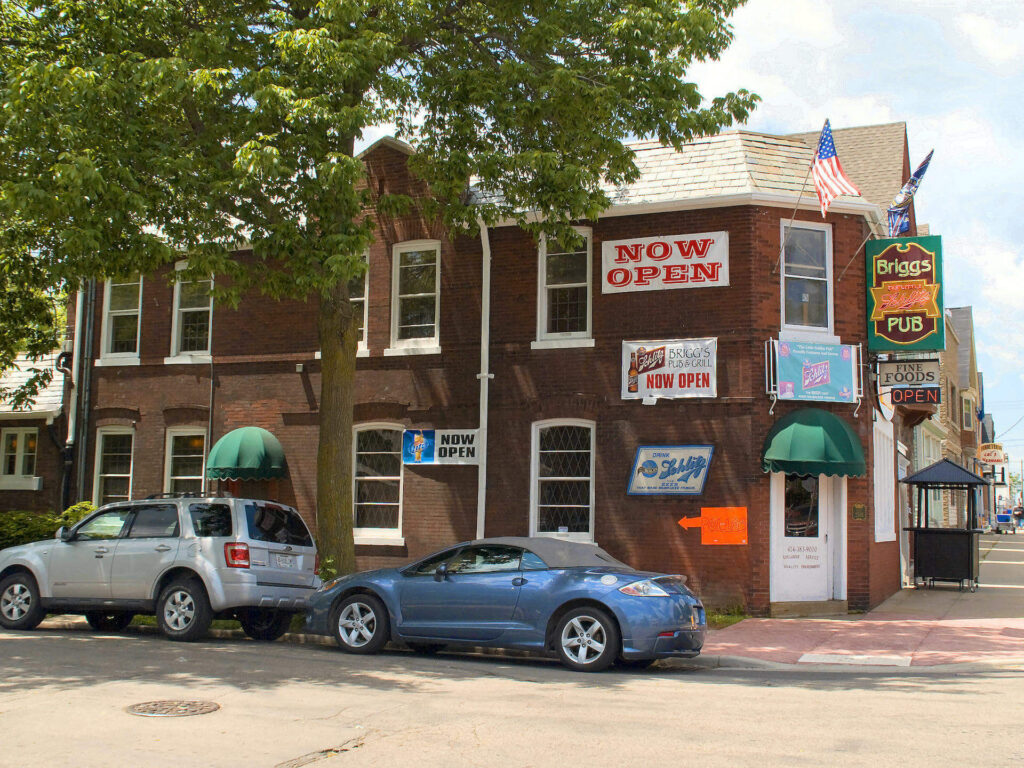
A History of Milwaukee’s Tied Houses
Brewery control of the tavern trade in Milwaukee began with the purchase of existing saloon buildings but soon evolved into the acquisition of choice real estate and the design and construction of tavern buildings.
They were built by large brewers, such as Pabst, Schlitz, Miller, and Blatz. It was nearly impossible for independent bar owners to get into the business without the help of one of the “big 4”.
These breweries began purchasing hundreds of properties and they snapped up over two hundred corner lots in the city in 1884 alone. (Learn more about Pabst brewery and family at the Pabst Mansion.)
The breweries would form exclusive contracts with bar owners helping them open their business for the right to be the only brew flowing from their taps.
In many cases, brewing companies employed high-quality architectural designs and popular historical styles of architecture for their tied houses to attract customers and perhaps also to convey the legitimacy and decency of the neighborhood tavern in the face of rising social opposition.
They were often quite recognizable. For instance, Pabst often used castle-like crenelations and towers along the rooflines of its tied houses to reinforce its connection to the brewery whose buildings were also designed this way.
Schlitz-built taverns are often recognizable thanks to the distinctive globe the brewery adopted as its logo.
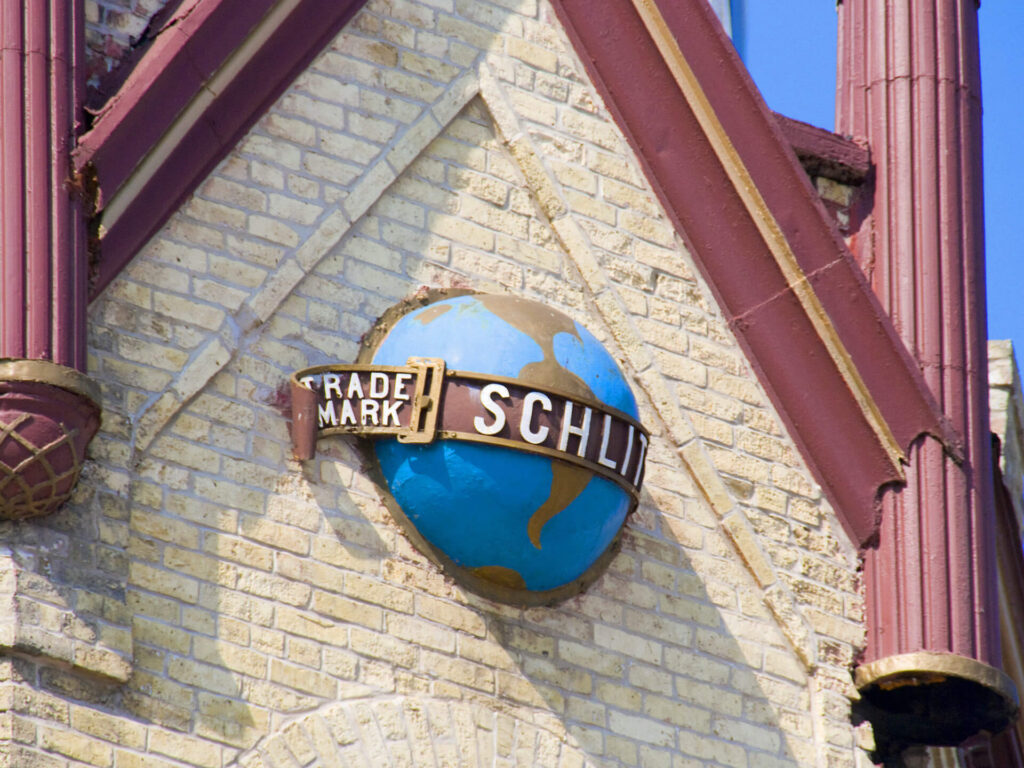
You have probably seen them all over town, nowadays feeling almost tucked away in neighborhoods where they once had pride of place on busy corners.
Despite the flamboyance of their cousins built by Schlitz and Pabst, former Miller tied houses often did not have elaborate Queen Anne turrets or medieval castle-like rooflines.
The brewery had more than 1,000 of them in 18 states though most were clustered in Wisconsin and nearby states including places as far-flung as Texas, Montana, and Alabama.
See Tied Houses in Milwaukee Today
Before Prohibition wiped out the phenomenon, pretty much all breweries had some tied houses as a means of controlling the distribution of their product. They were in cities, small towns, and rural areas. Miller had as many as six tied houses in the town of Ashland.
If you’ve ever closed Wolski’s, you’ve closed a former Miller tied house.
Visitors interested in encountering Milwaukee’s beer history firsthand can take a guided tour of the Miller Brewery.
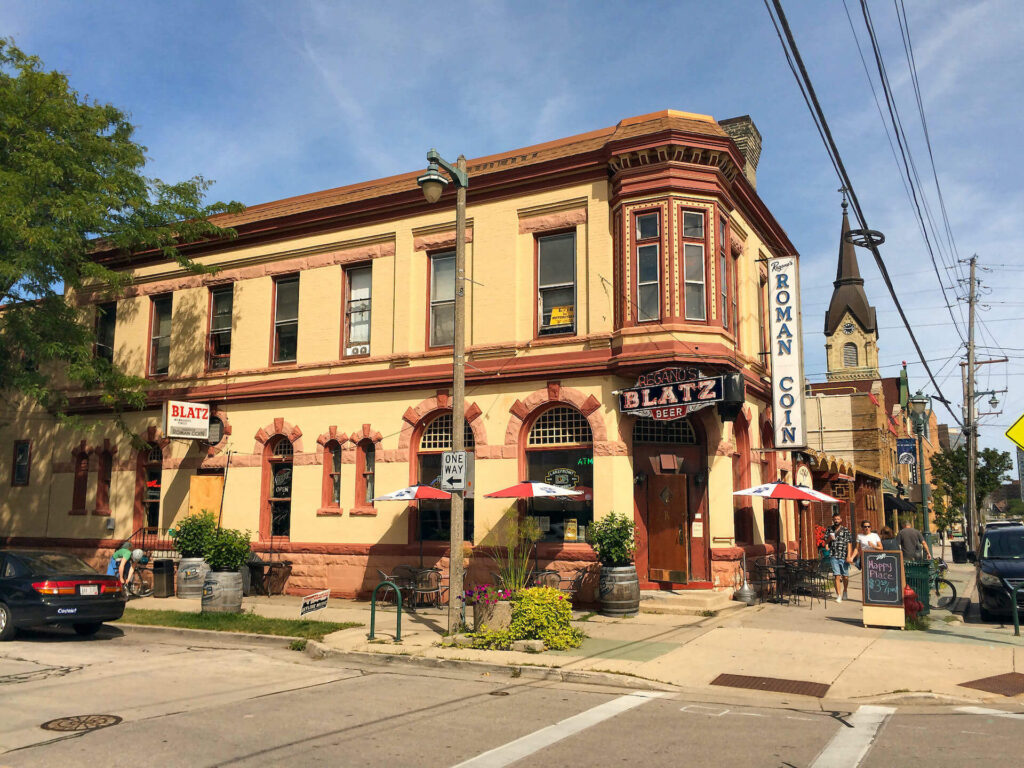
Miller account books for example are sprinkled with expense items for iceboxes, counters, back bars, pool tables, brass rails, chairs, and tables (purchased second-hand when possible).
The brewer also produced advertising materials for their tied houses as well as the wholesale accounts corner signs, lithographs, cards, calendars, and keg heads that have become coveted collector’s items.
Miller typically paid all license fees and taxes on their tied houses and handled routine maintenance (including privy-cleaning), and furnished the establishments from top to bottom.
In general, the breweries would buy bars or approach bar owners and offer to furnish everything in their bars, including super elaborate back bars, tap systems, tables, and decorations in exchange for them agreeing to only serve that brewery’s product and nobody else’s.
There are some economic reasons for that as well, the big breweries engaged in some pretty aggressive price-fixing and collusion in those days.

About Brewing in Milwaukee
To satisfy the seemingly insatiable demand for beer, brewing evolved into one of America’s and Milwaukee’s largest manufacturing industries.
In addition to its large immigrant population of beer drinkers from Germany and other Eastern European countries, Milwaukee benefited from good water and close proximity to the necessary agricultural products which made it an ideal location for brewing.
As the central market for the vast amount of grain harvested in the Midwest, Milwaukee offered brewers access to barley, the key ingredient in beer. Freshwater was another important ingredient in brewing which was abundant in Milwaukee.
The production and ageing of lager consumed large amounts of ice and the city’s cold winters provided natural ice which could be harvested from lakes and rivers then stored in ice houses to allow brewing in warm weather prior to the invention of mechanical refrigeration.
The tied house system offered brewers numerous advantages. The greatest of these was that retail outlets for their product could be assured.
This was especially attractive to brewing companies that were reeling from price wars and aggressive sales practices from competitors.
Securing retail establishments was also advantageous to brewers because beer was perishable and impossible to stockpile during downturns.
Similarly, the system allowed the brewer to control how their beer was stored and served to maintain the brand’s reputation.
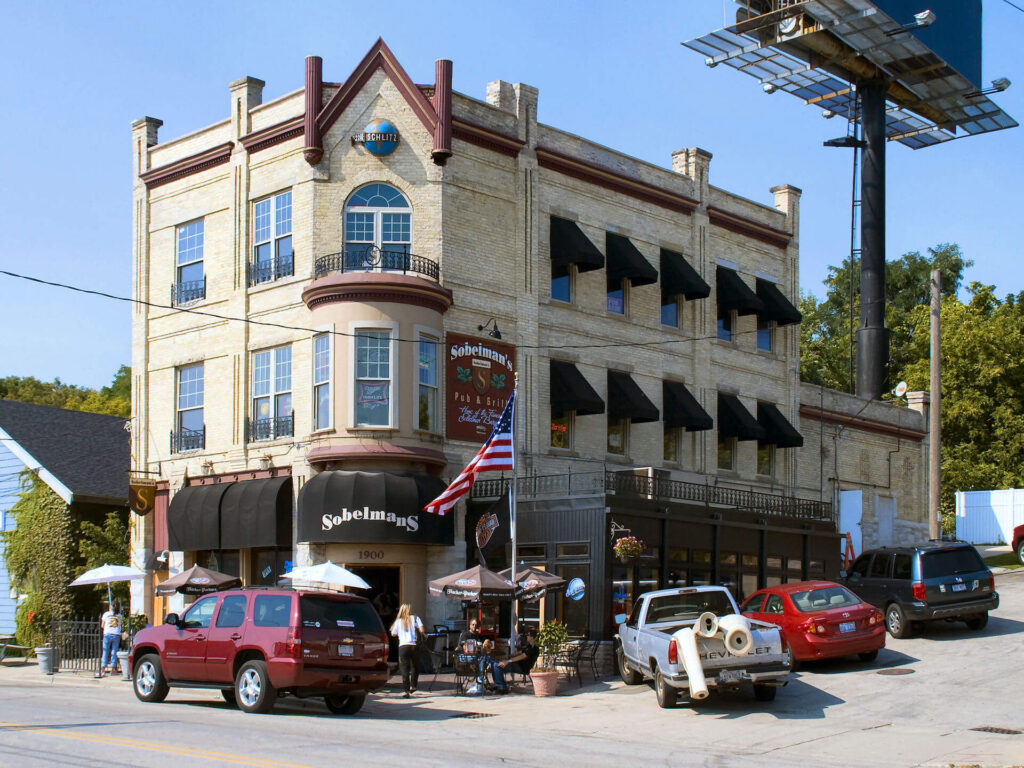
The tied house system transformed saloonkeepers from independent business owners to dependent on or employed by the controlling brewery.
Setting up Tied Houses
An entrepreneur wishing to start up a saloon with a brewer’s sponsorship could set up a tied house with a small investment, however, his job security was dependent on turning a sufficient profit for the brewer, and underperforming saloonkeepers were frequently replaced.
Taverns served as neighborhood gathering places catering to a very local clientele. Working Milwaukeeans could count on free lunch, usually consisting of meats, cheese (another Milwaukee specialty), pickles, and crackers, for the price of a five-cent beer.
Taverns were social and political spaces where citizens and workers organized unions, sought employment opportunities, and connected with the local politicians.
As a result, tavern owners wielded a certain amount of influence in the community. In 1902, one-third of Milwaukee’s forty-six aldermen were tavern owners.
When Prohibition arrived in 1920, tied houses were converted to candy stores, soda fountains, barbershops, and dime stores.
At the time, many of the breweries retooled their product lines producing products such as syrups, sodas, tonics, cheese, and chocolates.
After the repeal of prohibition in 1933, revised state and federal regulations of the alcohol industry prohibited breweries from owning or having financial interests in retail establishments, thus preventing the re-establishment of the tied house system and monopolies.
The system was replaced with the current “three-tier system,” with an independent wholesale distributor placed between the brewer and tavern owner.
Tied house buildings that reopened as taverns in 1933 were then owned or leased by independent tavern keepers.
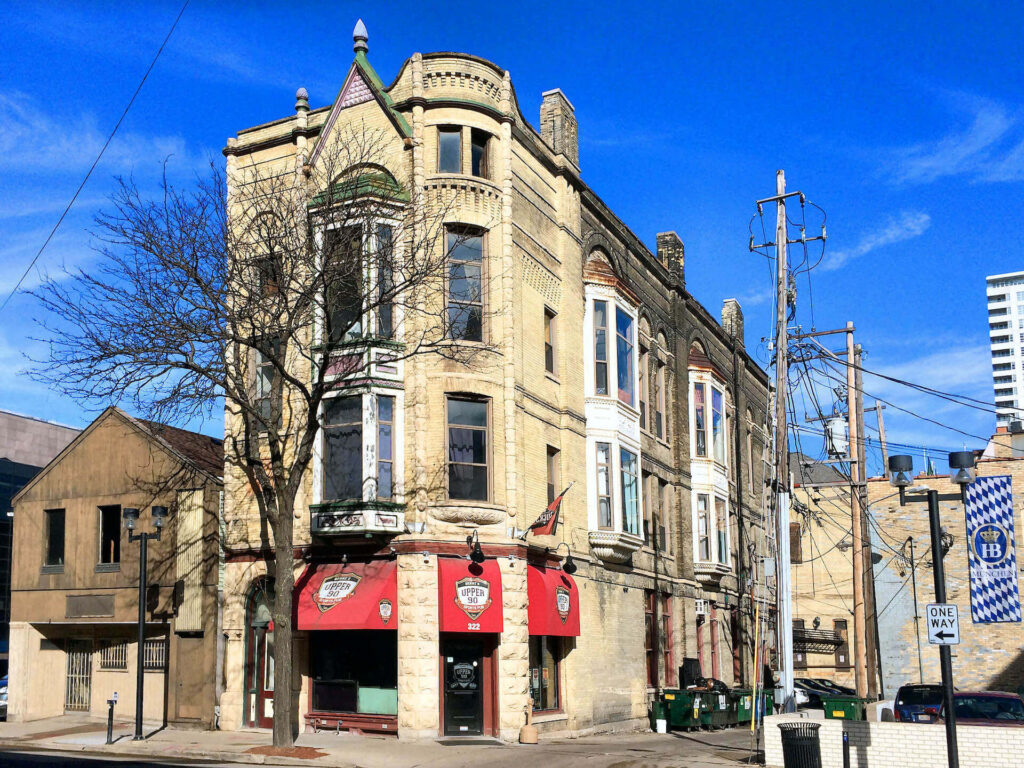
The Tied Houses of Milwaukee Today
Thanks to Milwaukee’s local breweries, tied houses flourished across the city but their connection to the breweries changed after Prohibition. Some of these original corner taverns are still thriving today, many still bearing some mark of the brewery they were once “tied” to.
Milwaukee’s bar scene is built on a history of tied houses and you will see a few still operating on our Discover Iconic Milwaukee and Dive Bars of Milwaukee tours.
Some former tied houses (now independent establishments, of course!) still in operation here in Milwaukee that have survived: Roman Coin, Wolski’s, Ristorante Bartolotta, Irish Pub, Bryant’s, Club Garibaldi, Sobelman’s, The White House, O’lydia’s, Uncle Wolfie’s and Briggs.
For more information on some of our favorite places for a tipple, check out our Local Guide to Milwaukee’s Dive Bars and Cocktail Lounges.
This brings to an end our history of the tied houses in Milwaukee. If you have any comments regarding this blog or any of our tours, don’t hesitate to get in touch.
